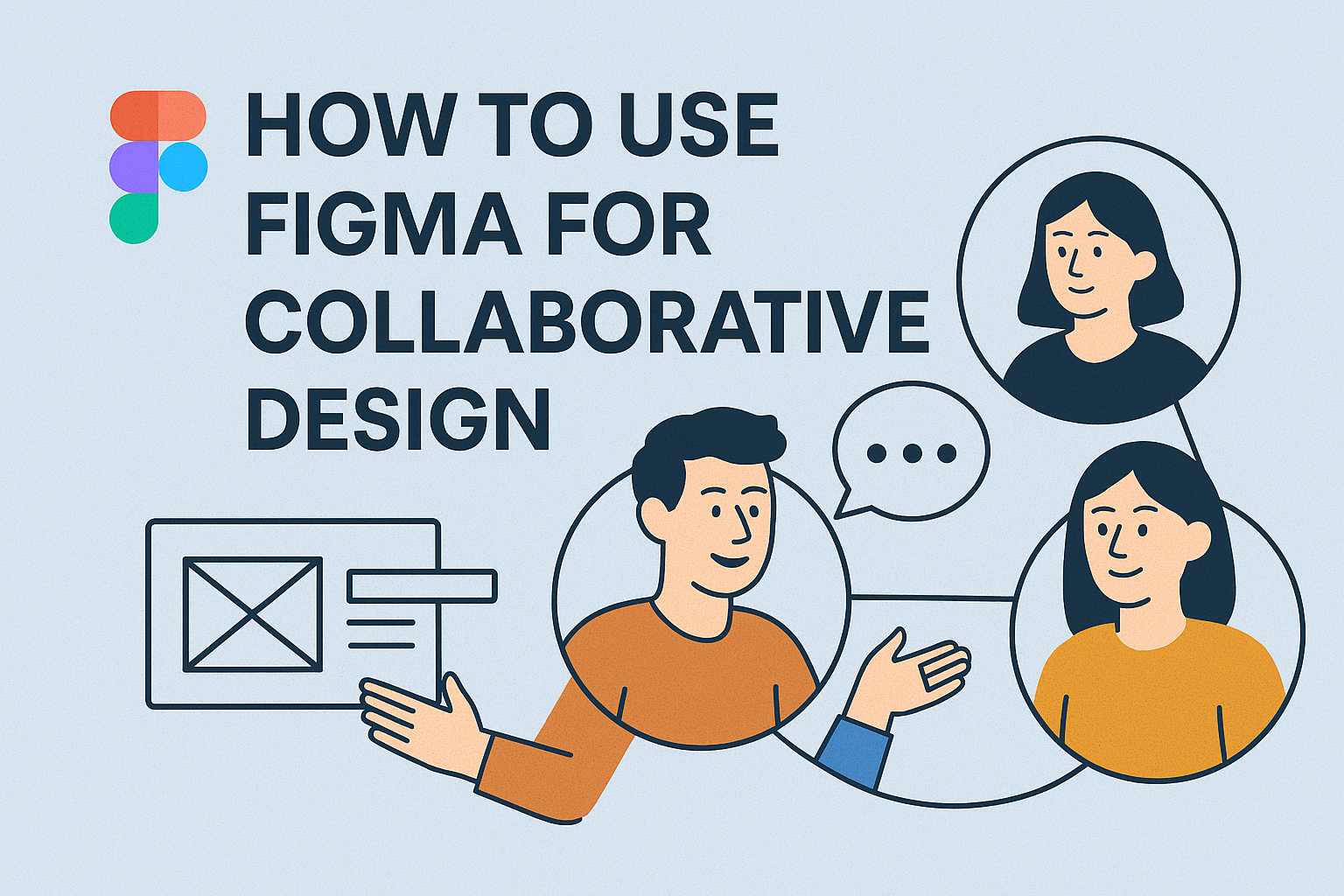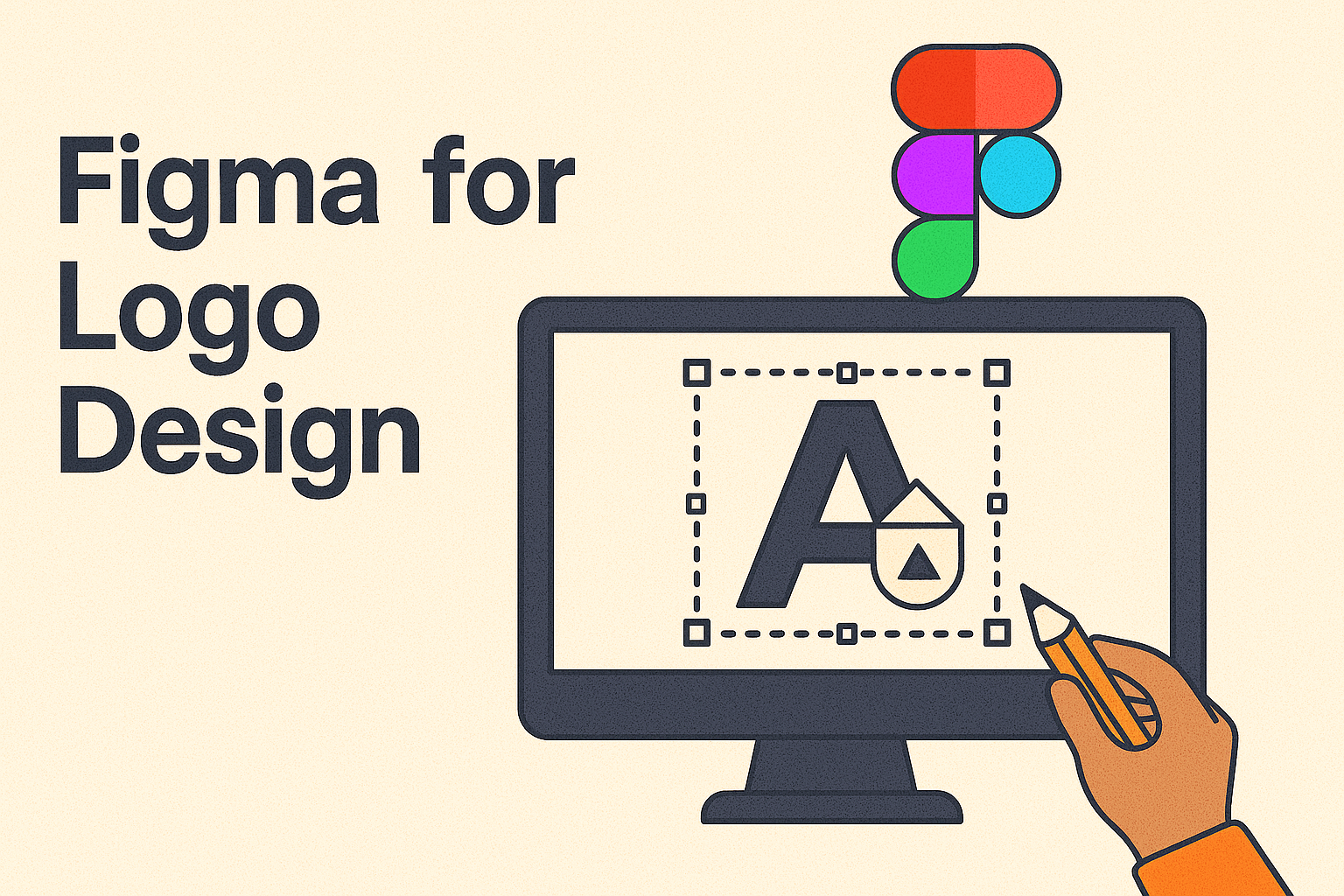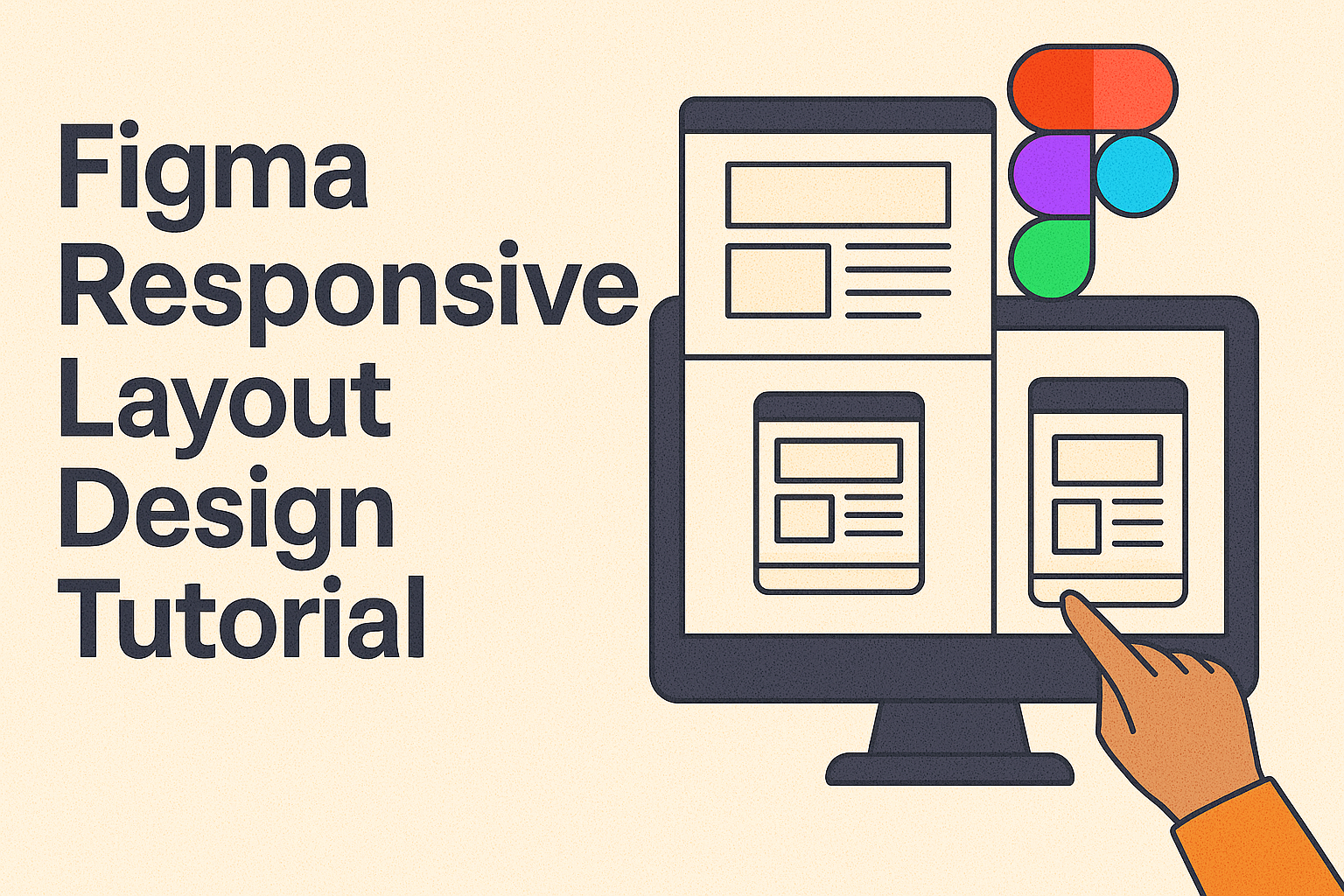Collaborative design has never been easier, thanks to tools like Figma that connect team members from anywhere in the world. Using Figma for collaboration allows teams to work together in real-time, streamlining the design process. This platform provides tools that not only enhance creativity but also improve communication among team members. Teams can set up …
Figma
Typography plays a crucial role in web design, influencing how users interact with a site. With tools like Figma, designers can enhance readability by adjusting text sizes, spacing, and styles. Improving readability involves selecting the right combination of text features to ensure content is clear and engaging. Figma offers a variety of typography features that …
Exporting assets from Figma might seem a bit overwhelming at first, but it’s a crucial step in web and app development. Whether you’re working on a new app or updating website graphics, Figma’s export feature is essential for getting your designs ready for production. Exporting allows designers to save their work in formats like PNG, …
Creating designs that look good on any device is crucial today. With Figma, designers can craft flexible layouts that adjust smoothly to different screen sizes. This tutorial will guide users through the steps of making a responsive design in Figma, offering practical tips along the way. Responsive design methods ensure that websites function well regardless …
In the world of web and mobile design, creating consistent and visually appealing layouts is crucial. Designers often turn to Figma’s grid and layout system for help. Figma allows designers to align objects and maintain structure using various grid types like uniform, column, and row grids. These grids help to build a sense of hierarchy …
Designing user flows in Figma is a vital step in creating intuitive app navigation. By crafting well-thought-out user flows, designers ensure that users can move through an app smoothly and find what they need without frustration. A user flow maps out the journey from start to finish, highlighting each interaction a user may have. Figma …
Designers often look for ways to make their digital workspace more efficient. When it comes to UI/UX design, using Figma plugins can be a game-changer. Figma plugins provide countless benefits, from speeding up workflows to adding unique design elements effortlessly. These small yet powerful tools can transform how designers work, bringing creativity and efficiency together. …
Designers and developers often face challenges during the handoff process, which can lead to project delays and miscommunication. Figma offers tools to make this stage smooth and efficient, helping both sides stay aligned. Understanding how to utilize Figma’s export settings can greatly enhance the transition from design to development. These settings allow designers to prepare …
Designing responsive user interfaces can be a daunting task, but with Figma’s Auto Layout, it becomes much easier to create adaptable designs. Figma Auto Layout allows designers to quickly arrange and organize elements with minimal manual adjustments, saving time and reducing effort. This tool helps make UI elements consistently responsive across various devices. Auto Layout …
Designing a mobile app can seem like a huge task, but using the right tools makes it much easier. Figma stands out as a powerful tool that helps designers turn ideas into amazing apps. This guide will walk readers through the process of going from wireframe to prototype, ensuring they have the skills needed to …









